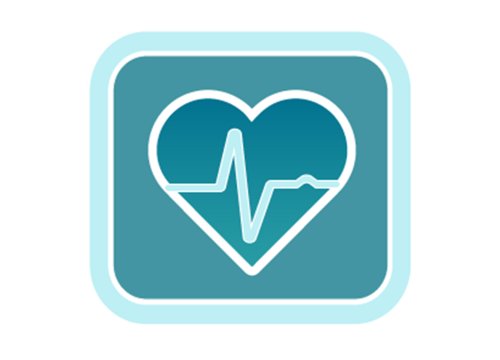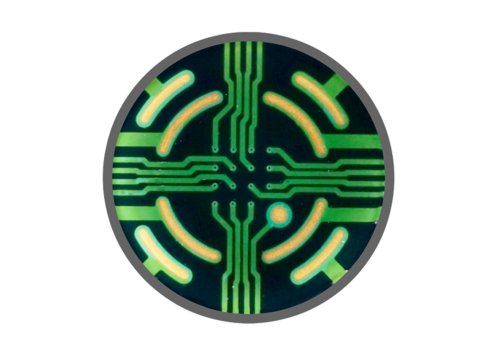Geiger RM, Klein MG, Fatima N, Goldstein RE, Krantz MJ, Haigney MC, Flagg TP.
JACC: Clinical Electrophysiology, 6 December 2020
Understanding the cardiac safety data (dosing and regime) of drugs that are being used in new combinations (hydroxychloroquine with azithromycin) or as alternative treatments (loperamide) is important when facing a global health threat such as a pandemic. The authors, examined the electrical activity of hiPSC-derived (human induced pluripotent stem cells) cardiomyocytes in a multiwell microelectrode array (MEA) system to assess potential adverse drug reactions. The extracellular field potential duration and amplitude, as well as the local extracellular action potential (LEAP) were quantified.
Loperamide, marketed as Imodium, has been shown to increase QT-interval duration and risk of Torsades de pointes. When applied to hiPSC-derived CMs resulted in a concentration-dependent increase in the FPD and prolonged exposure showed makers of proarrhythmic electrical activity in LEAP recordings.
Understanding the potential effect of azithromycin and hydroxychloroquine on cardiac excitability is easily tested using an MEA platform and hiPSC-CM's. Proarrhythmic activity was observed in LEAP recordings during prolonged exposure to both drugs.
This study demonstrated the ease of use of hiPSC-CM's and the Maestro MEA platform to test potential proarrhythmic risks of drugs or drug combinations in treatment of health crisis.


